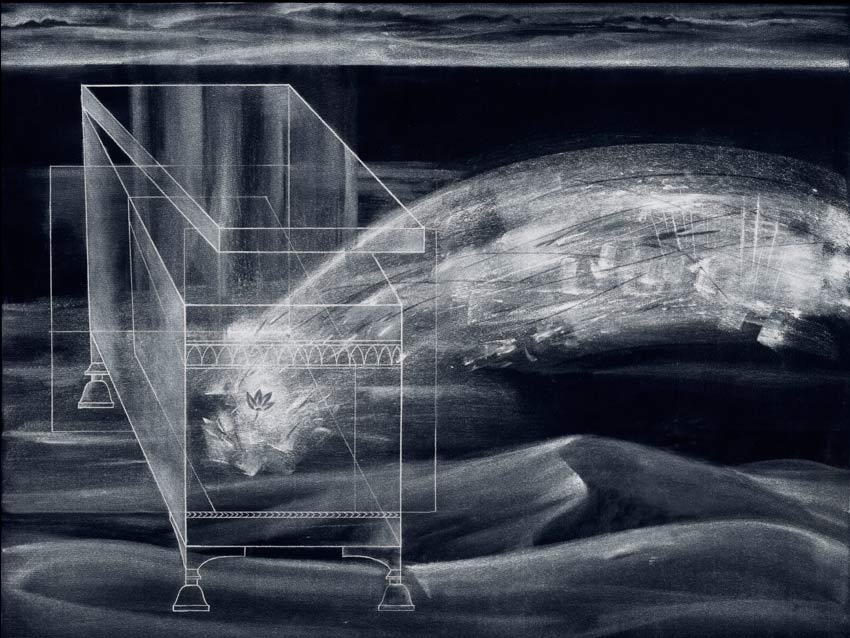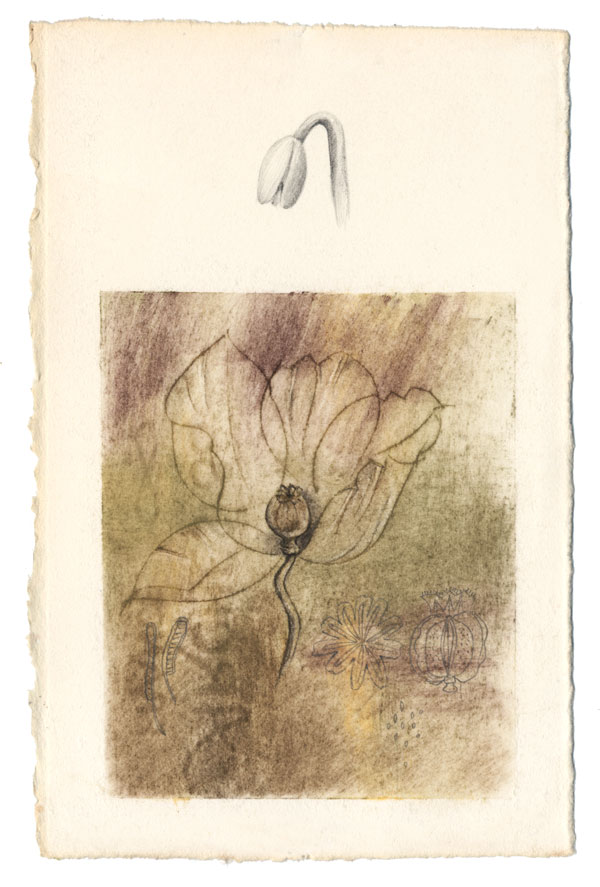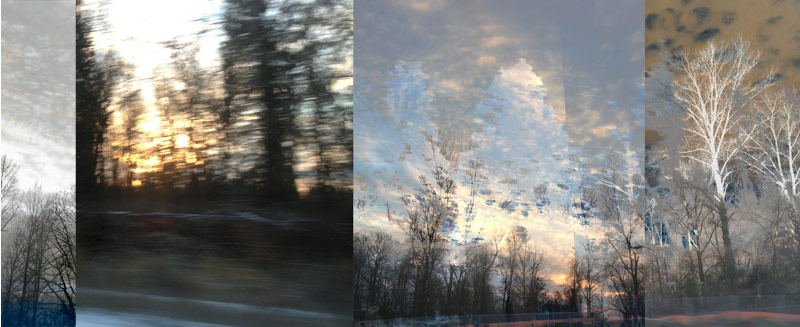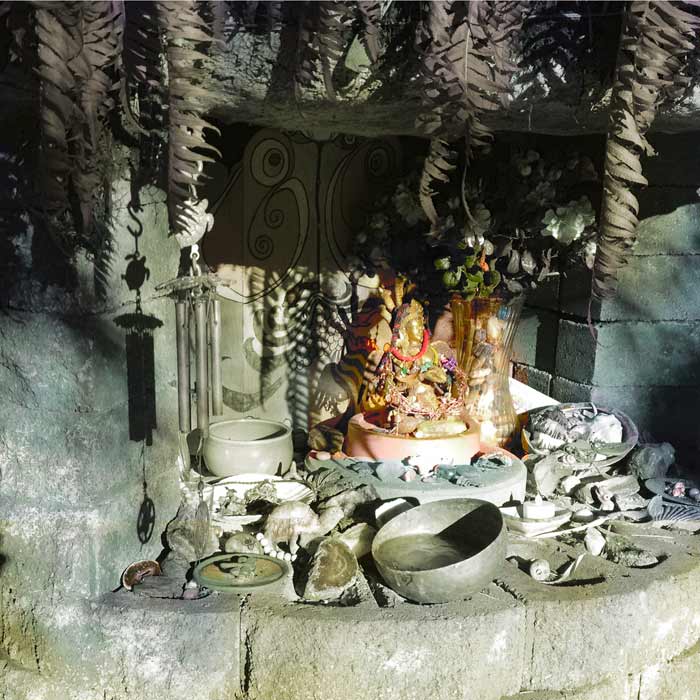“The cradle rocks above an abyss, and common sense tells us that our existence is but a brief crack of light between the eternities of darkness.”
“Come with us by all means, but do not chase butterflies, child, it spoils the rhythm of the walk.” — Speak Memory, by Vladimir Nabokov
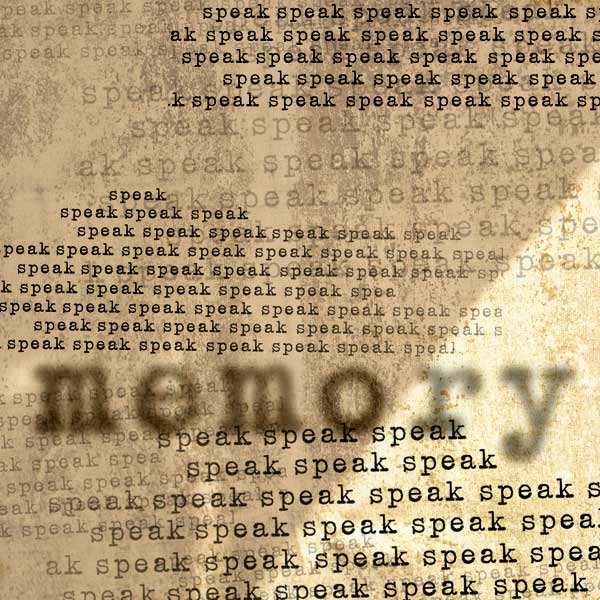
When I was invited to participate in the exhibit “Ex Libris: 100 Artists, 100 Books” I had no question about which book I would choose to interpret. Vladimir Nabokov’s Speak Memory: An Autobiography Revisited has murmured in the back of my mind for twenty years as an unsolved koan. In my work as a book title designer I have designed a dozen hypothetical covers as portfolio exercises, and always I felt I could do another hundred without exhausting the timeless incantation of the words. I knew that this time I wanted to focus on shadow and light, the beauty of sensory experience and tactile surface. [Read more…]

